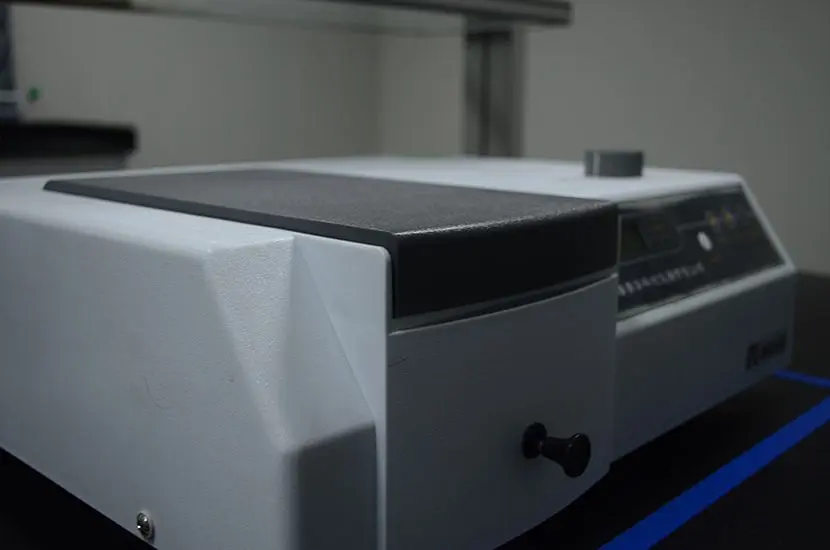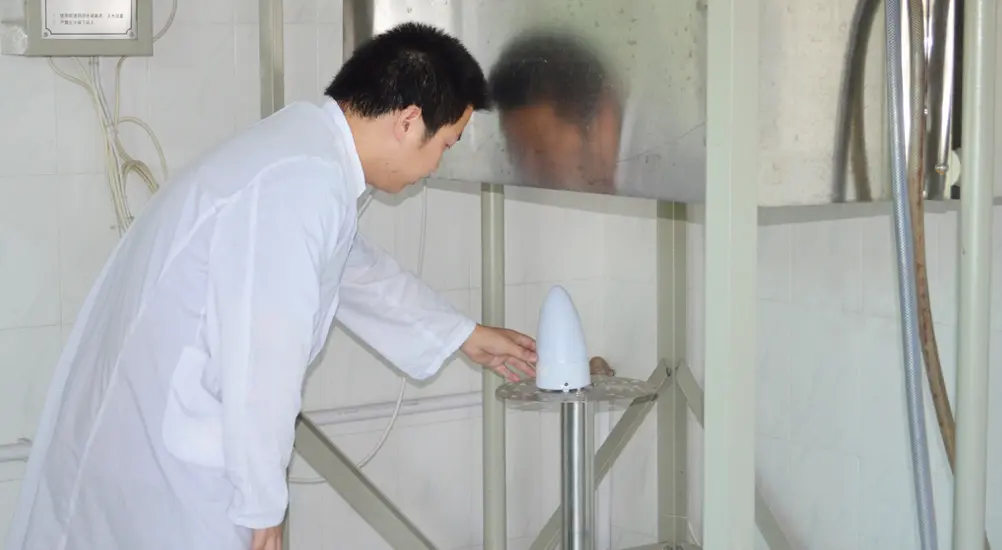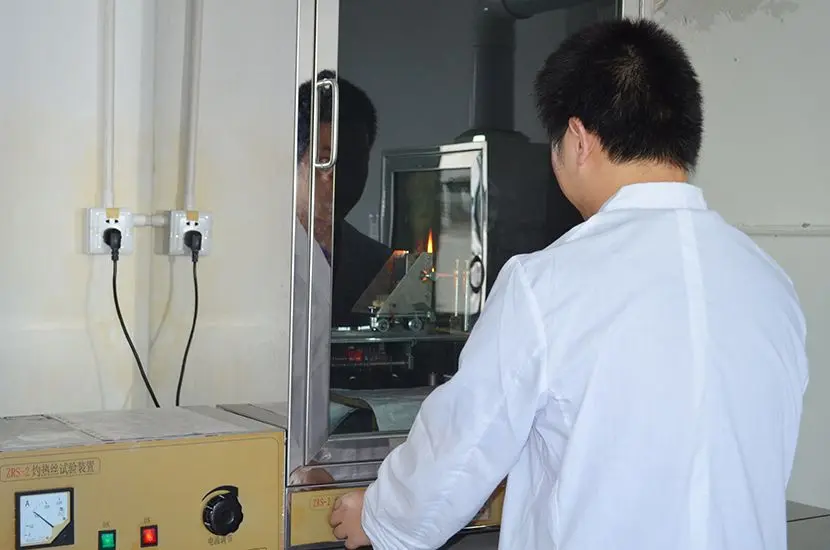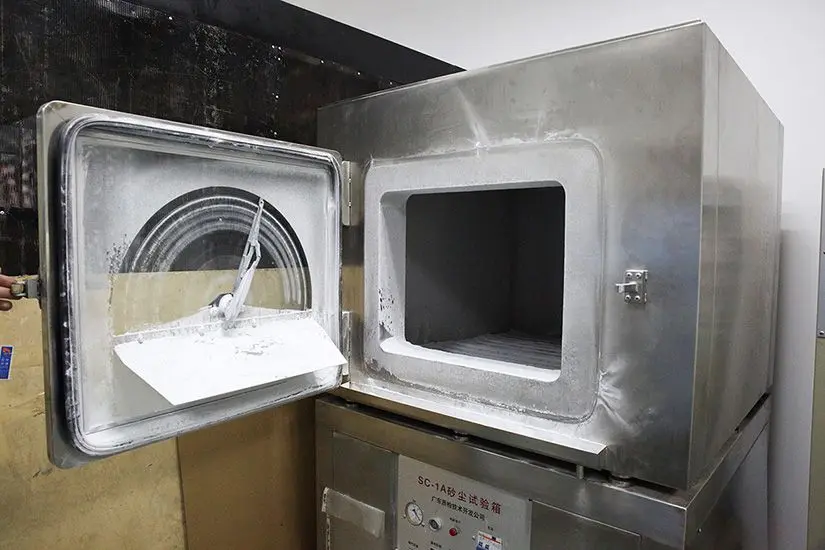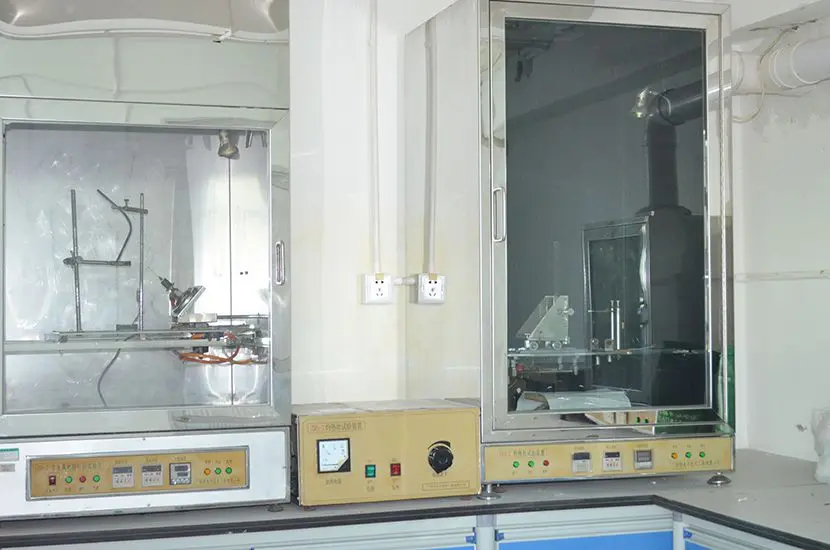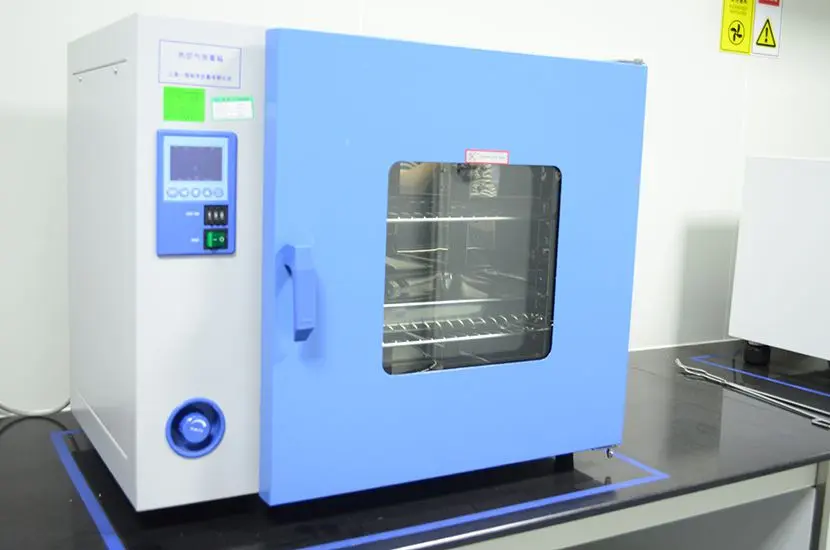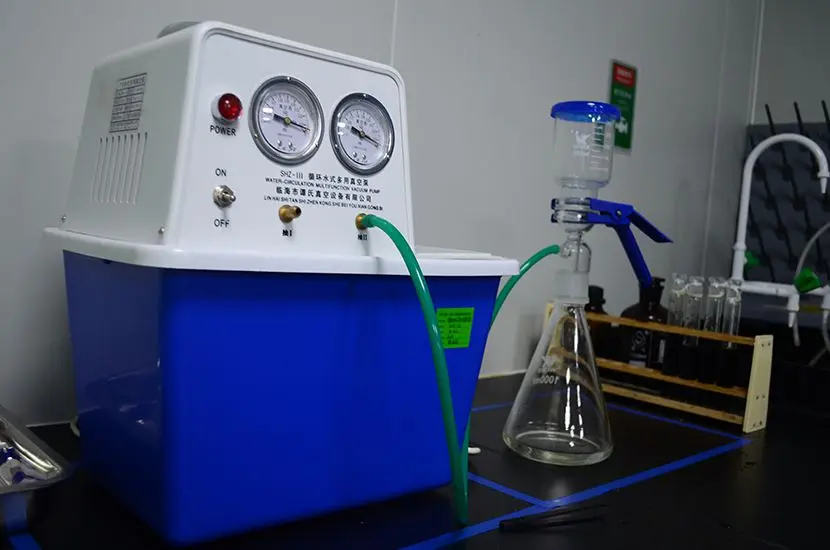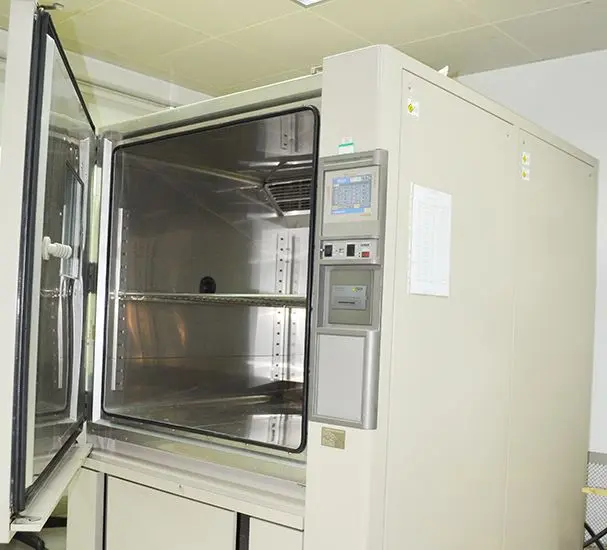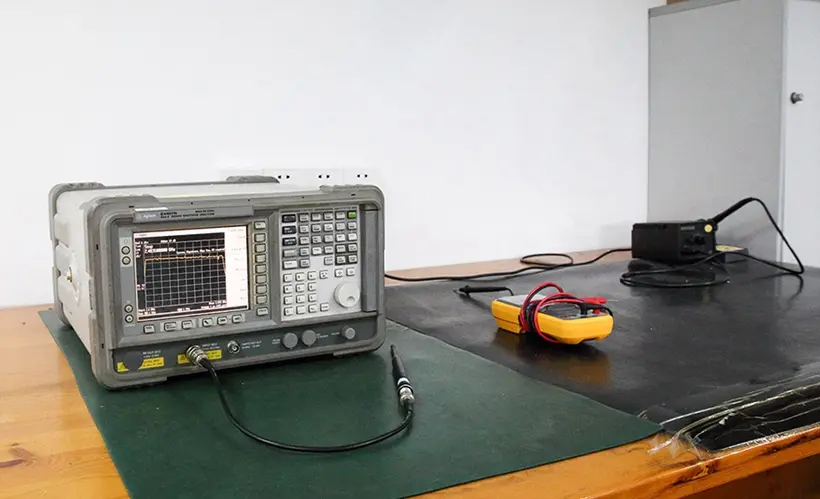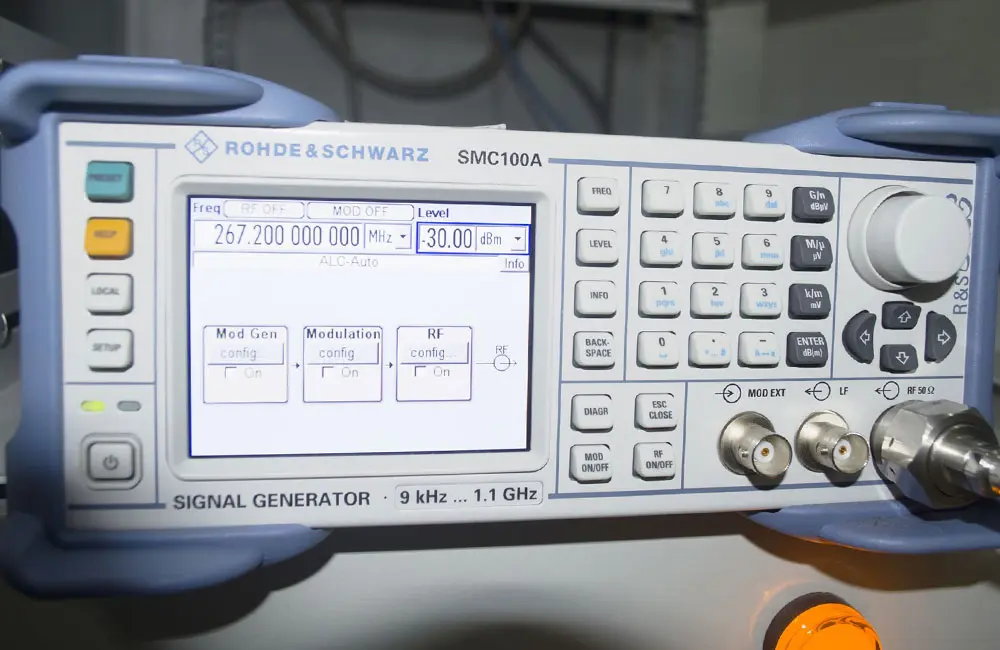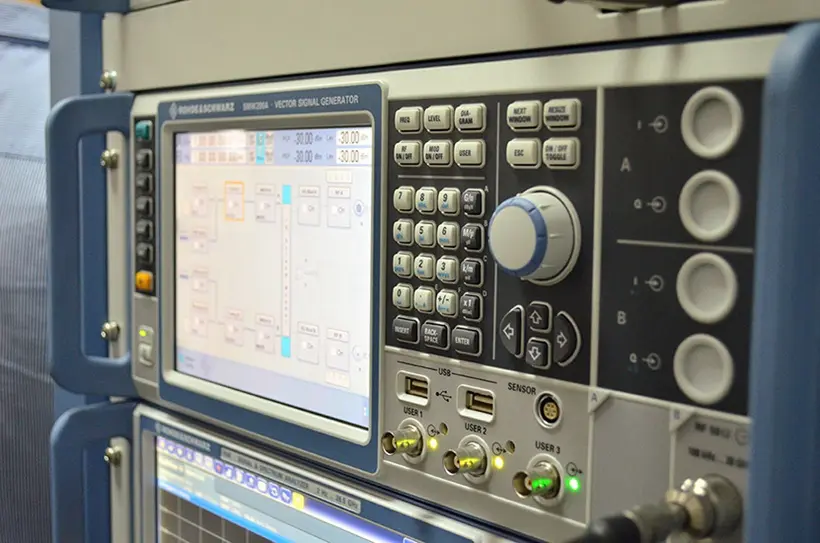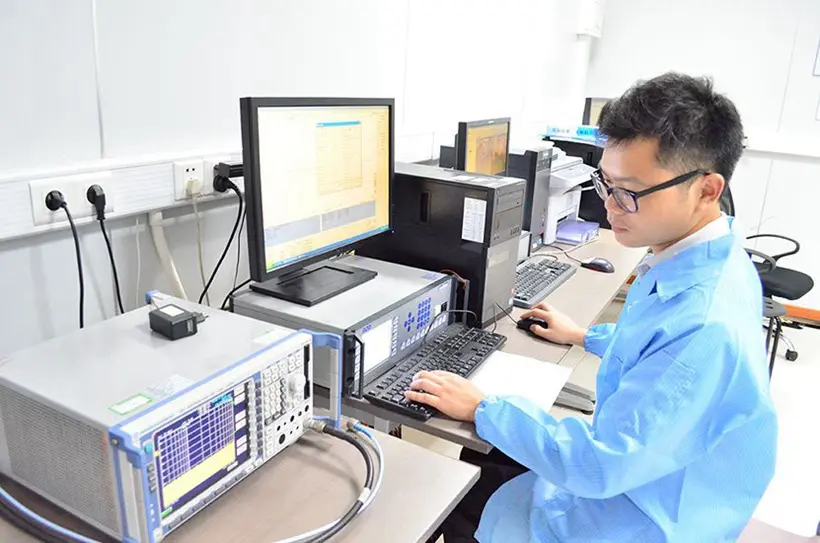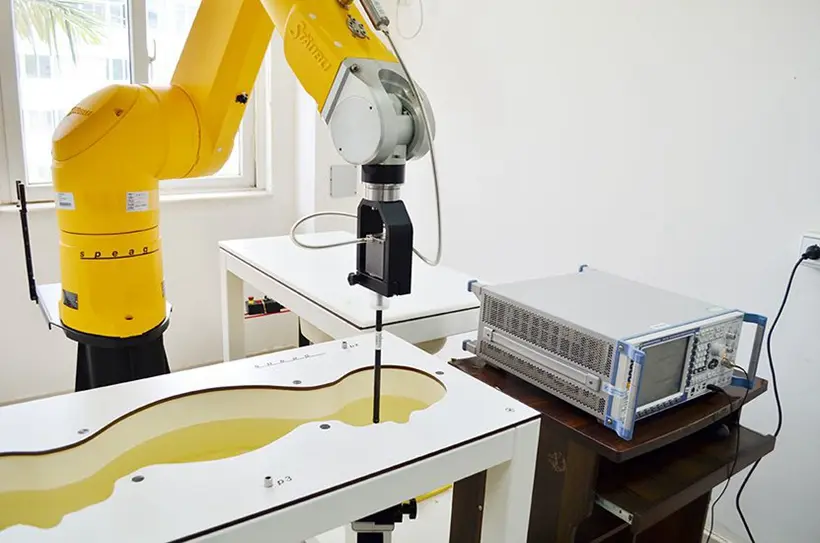Detection of Toxic and Hazardous Substances Laboratory
China JJR Laboratory provides Detection of Toxic and Hazardous Substances for products, including all the following items, such as RoHS, REACH, SVHC, MSDS testing, etc.
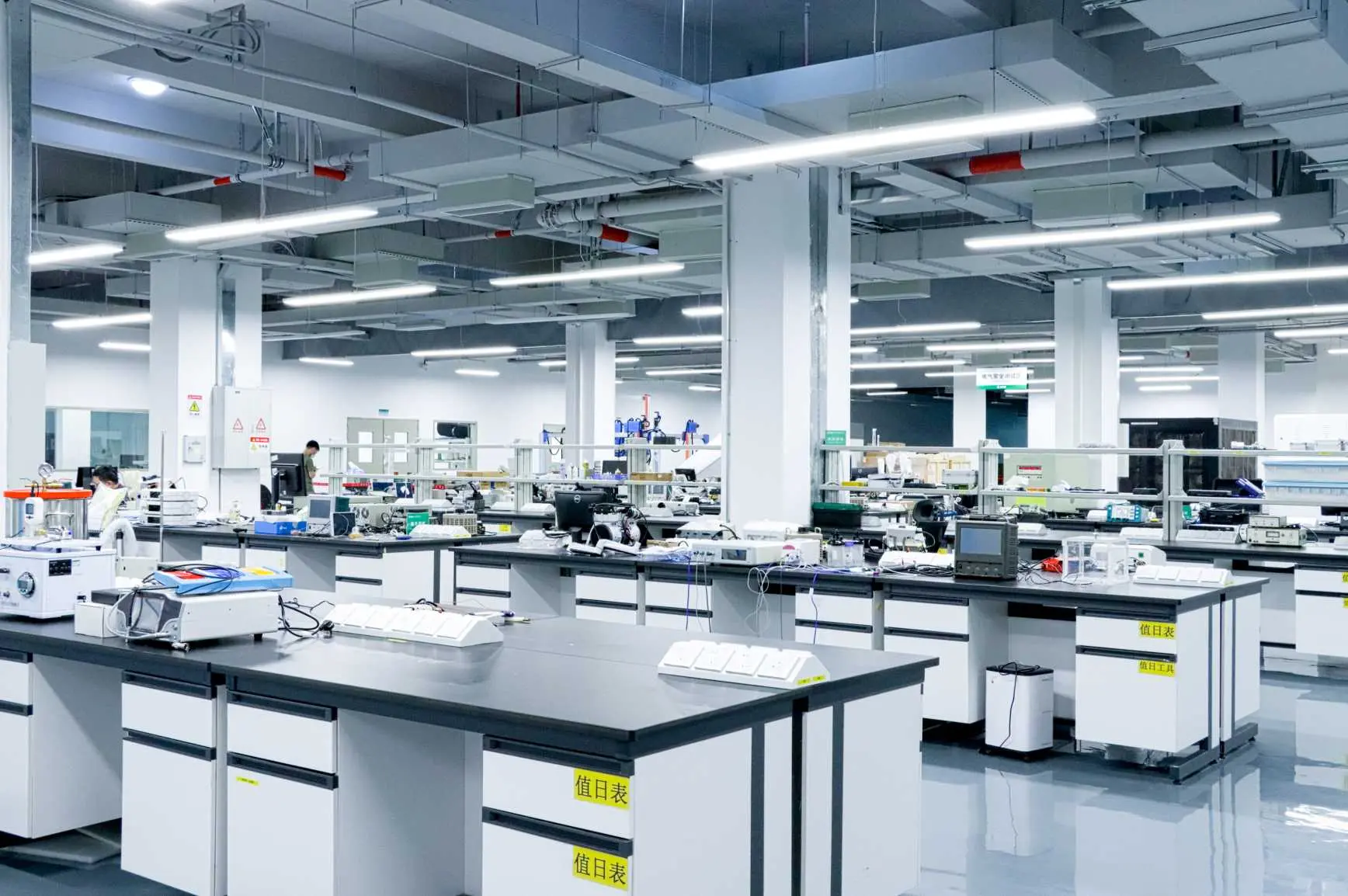
EU ROHS Testing
RoHS stands for Restriction of Hazardous Substances in Electrical and Electronic Equipment. The RoHS directive prohibits the entry of electronic and electrical products into the EU that contain harmfUL substances such as lead (Pb), cadmium (Cd), mercury (Hg), hexavalent chromium, polybrominated biphenyls (PBB), and polybrominated diphenyl ethers (PBDE) above specified limit levels, starting from July 1, 2006.
China RoHS
China RoHS, also known as China ROHS certification for Pollution Control of Electronic Information Products, was established as a voluntary certification. The "Measures for the Administration of Pollution Control of Electronic Information Products" was officially promulgated on February 28, 2006, and came into effect on March 1, 2007. This regulation adopts catalog management to control the six toxic and hazardous substances, including lead, mercury, cadmium, hexavalent chromium, polybrominated biphenyls (PBBs), and polybrominated diphenyl ethers (PBDEs), contained in electronic information products.
reach testing
The reach regulation stands for Registration, Evaluation, Authorization, and Restriction of CheMICals. REACH requires that consumer products do not contain harmful chemicals for human health. All consumer products manufactuRED or imported into the EU must undergo registration, inspection, and approval regarding the content of hazardous chemicals.
WEEE Directive
The WEEE Directive applies to electrical and electronic products, ensuring compliance without violating EU laws regarding safety, health requirements, and special regulations on waste management.
PAHs Testing
PAHs refer to a class of organic compounds containing two or more benzene rings. Polycyclic aromatic hydrocarbons (PAHs) are hydrocarbons with more than one aromatic ring, including naphthalene, anthracene, phenanthrene, pyrene, and over 150 other compounds.
Halogen Testing
Halogen control requirements, initially applied to the PCB industry, are gradually expanding to more products and fields.
California Prop 65
Proposition 65 in California requires protection of residents and drinking water sources from substances known to cause cancer, birth defects, or other reproductive harm.
PFOS Testing
PFOS stands for Perfluorooctane Sulfonate. On December 27, 2006, the European Parliament and Council jointly issued a directive restricting the sale and use of PFOS.
Battery Directive
Batteries may contain pollutants such as lead, cadmium, mercury, acids, and alkalis. Therefore, restrictions on hazardous substances in batteries and the recycling and reuse of waste batteries have received widespread attention.
Packaging Directive
Control of packaging materials can cause environmental harm. For example, the EU Directive 94/62/EC on Packaging and Packaging Waste sets regulations on packaging, including restrictions on hazardous substances.
Asbestos Testing
Main methods for asbestos testing include X-ray diffraction (XRD) and polarized light microscopy (PLM).
US TSCA
The US Toxic Substances Control Act (TSCA) aims to comprehensively consider the impact of chemicals circulating in the US on the environment, economy, and society.
CHCC Testing
CHCC stands for Chemicals High Concern to Children. The Washington State Children's Safe Products Act requires that children's products placed in Washington State must be reported to the Department of Ecology if they contain CHCC above specific standards within certain timeframes and sequences.
SVHC Testing
The SVHC list, Appendix XIV of the REACH Regulation, requires manufacturers or importers to notify the European Chemicals Agency (ECHA) of substances of very high concern.
Phthalates Testing
Phthalates are a class of chemicals that can act as softeners and disrupt the endocrine system.
Norwegian PoHS
Restricted substances include substances such as hexabromocyclododecane and tetrabromobisphenol A.
MSDS Report
Contains information on materials and company identification, material composition and components, hazard identification, and other information.
Email:hello@jjrlab.com
Previous : Physical and Chemical Performance Testing
Next : Environmental Reliability Testing Laboratory
Next : Environmental Reliability Testing Laboratory





